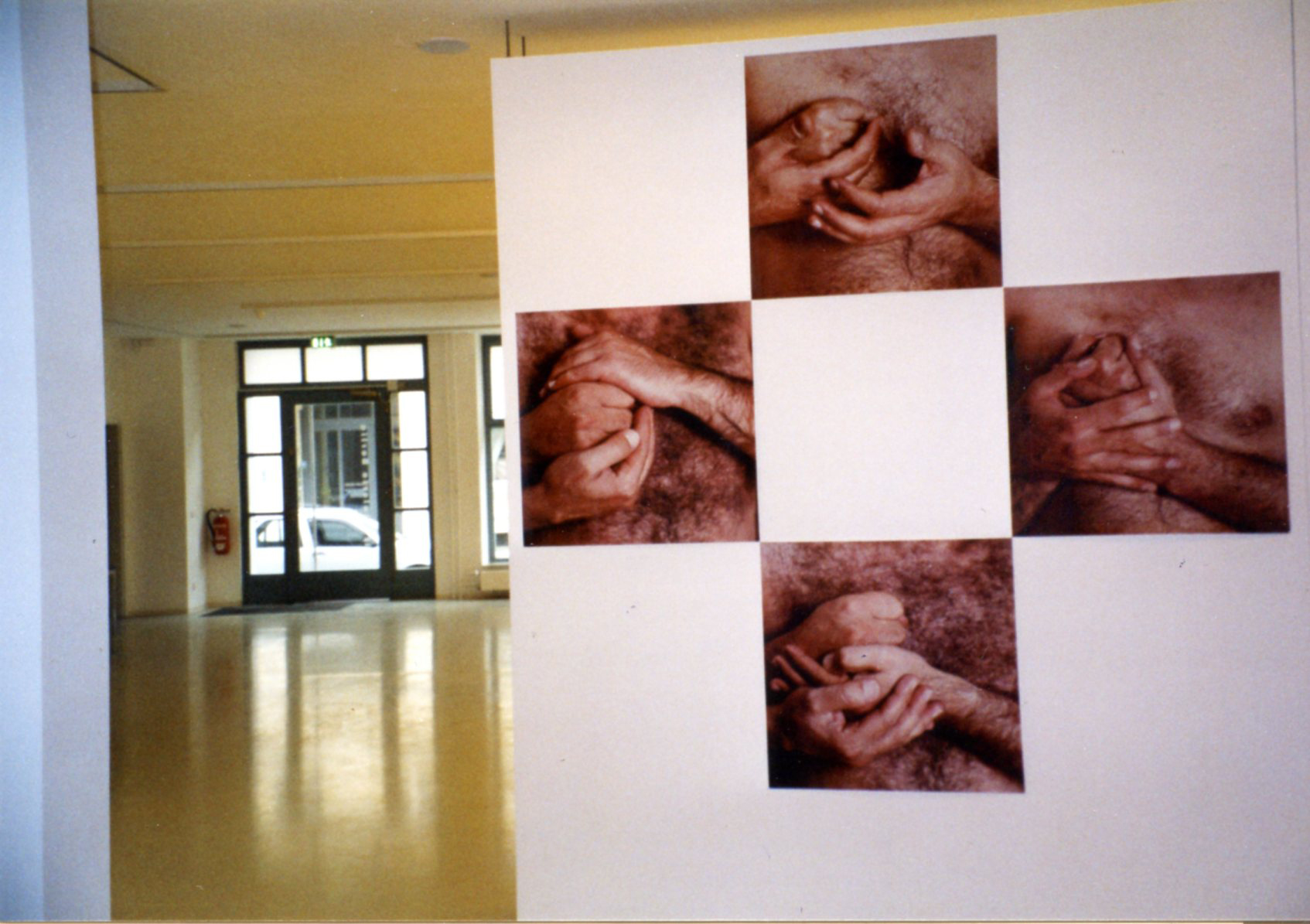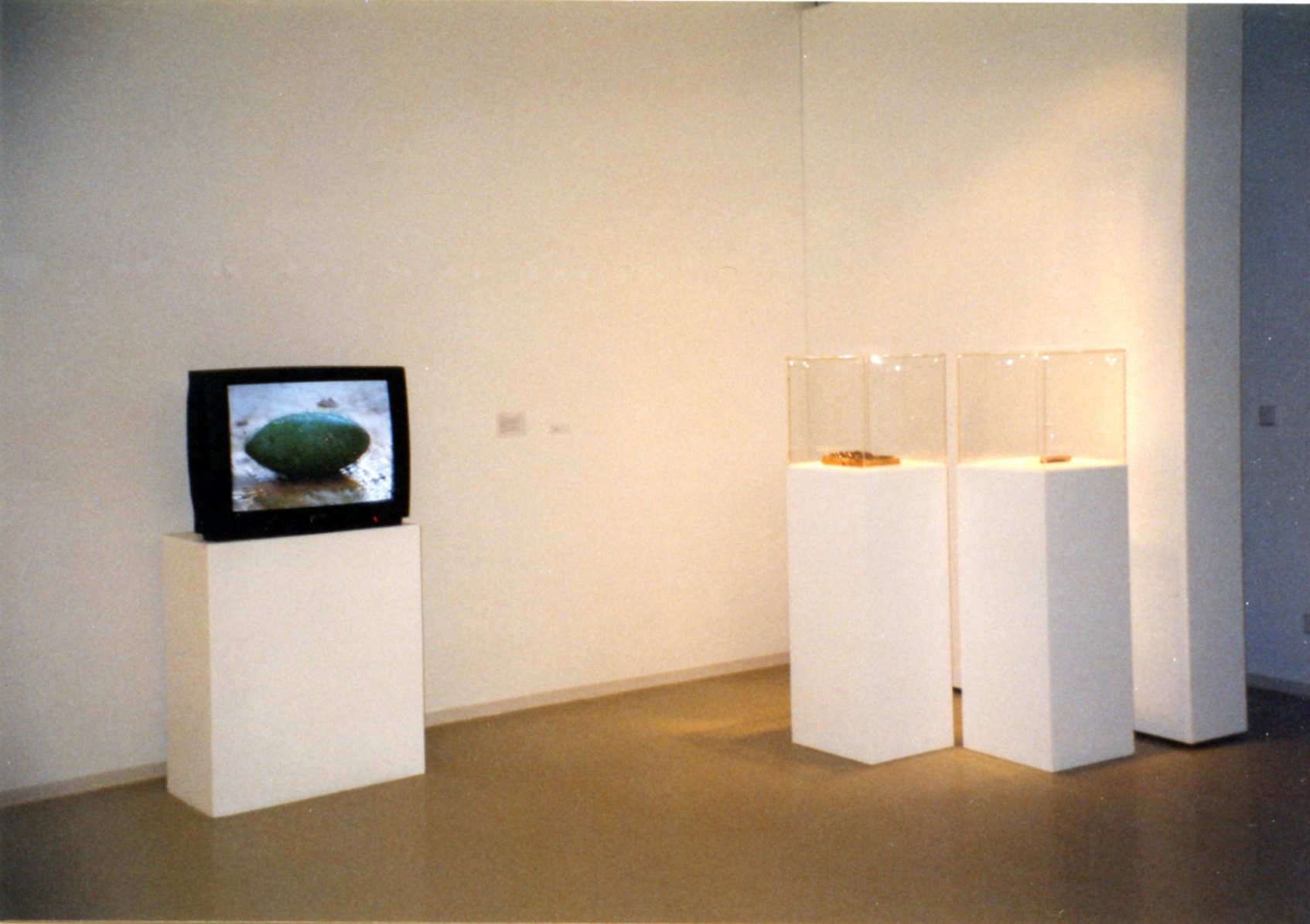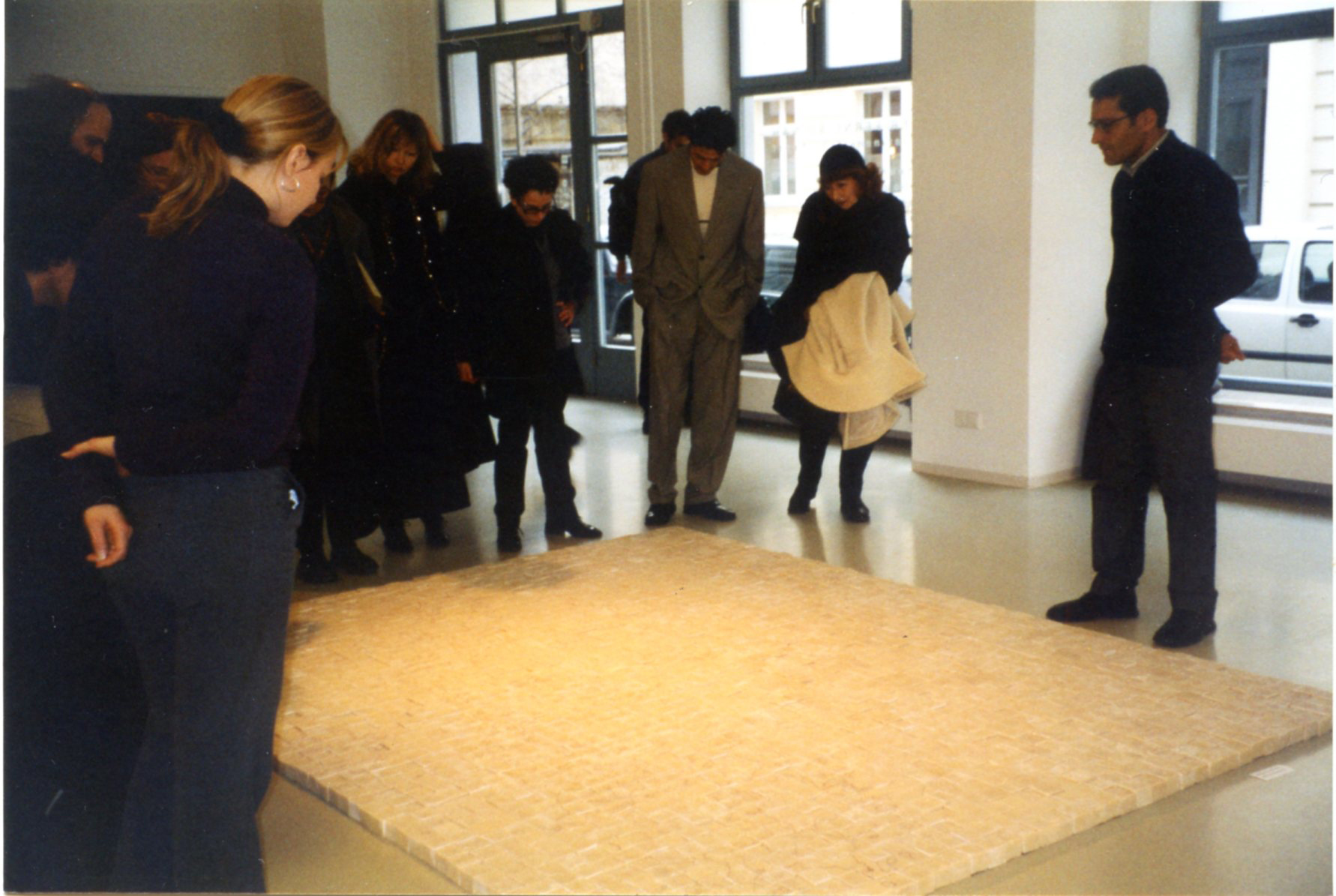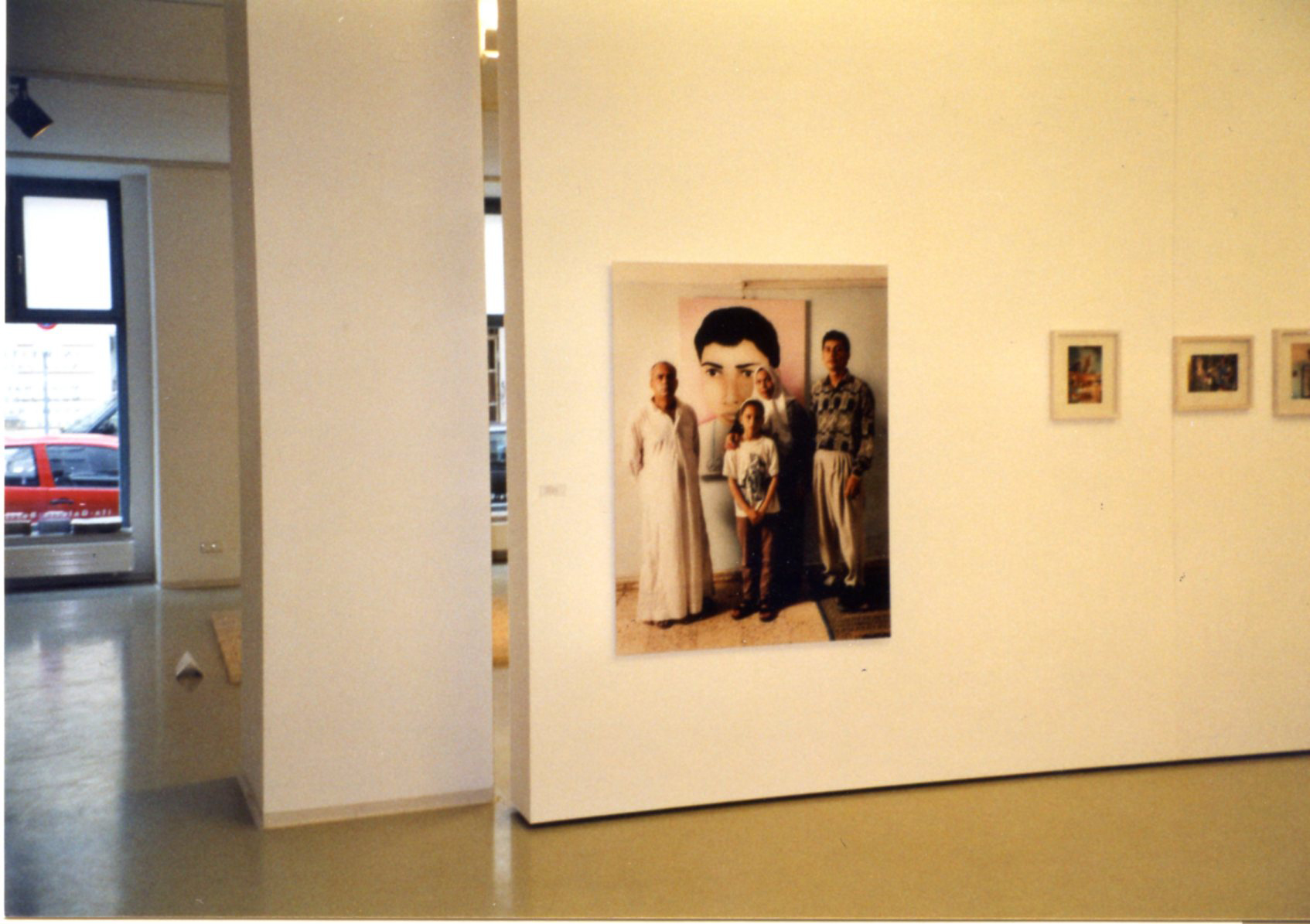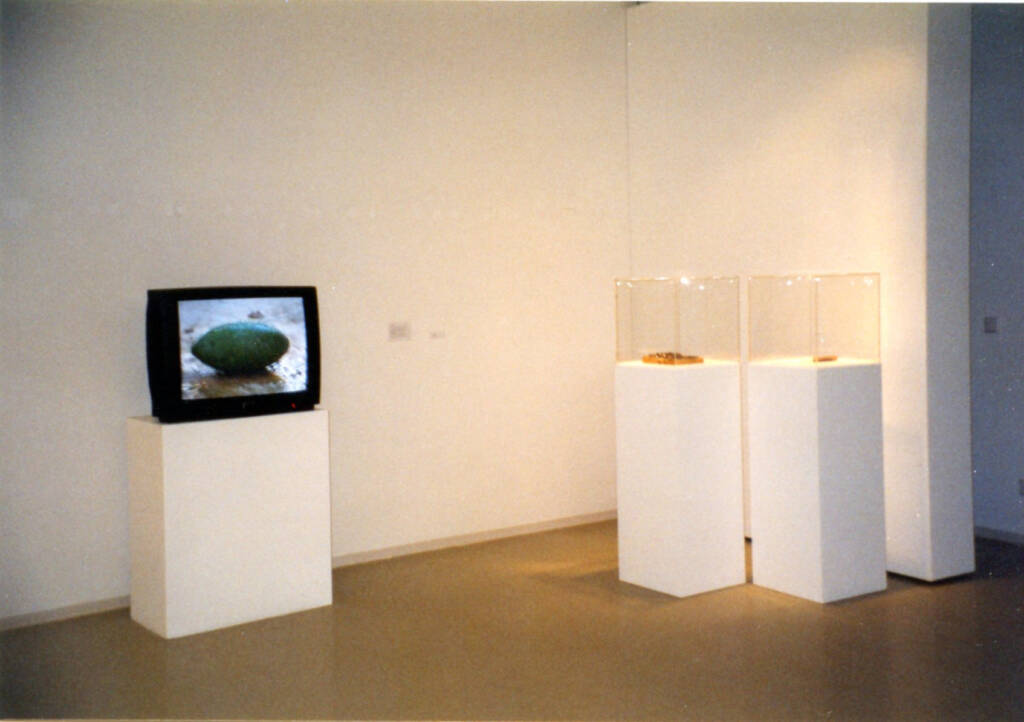
With:
Mona Hatoum
Noel Jabbour
Khalil Rabah
Reada Saadeh
The essential Palestinian experience that points to some of the most fundamental questions of Palestinian identity takes place at a border, an airport, a crossing point: in short, at one of these many modern borders where identities are checked and verified. (…) For it is at these borders and barriers that six million Palestinians experience ‘special treatment’ and are vehemently reminded of their identity: who they are and why they are different” (Rashid Khalidi).
In this part of the exhibition series “FOCUS NAHOST” (The Middle East in Focus), the ifa Gallery Berlin presents contemporary Palestinian art curated by Jack Persekian, one of the most important mediators of Palestinian art on an international level.
What once seemed “close” is now “far away”. In view of the explosive political situation, the conditions under which art can be created on the ground are very difficult. Nevertheless, there is a committed Palestinian art scene, which is represented in this exhibition by four important artists:
Mona Hatoum (b. 1952 in Beirut, lives in London) is the best-known Palestinian artist, whose international reputation is evidenced by numerous exhibitions in important art institutes around the world. Her large floor installation “Present Tense” shows the territories inhabited by Palestinians today on a huge map made up of over two thousand olive oil soap blocks.
Khalil Rabah (b. 1961 in Jerusalem, lives in Ramallah), artist and architect, successfully represented Palestine at the São Paulo and Sydney Biennials. His brittle objects and conceptual installations poignantly touch on questions of Palestinian politics as well as Palestinian history, culture, problems and hopes.
These themes also play an important role in the works of the younger generation of artists, such as in the photo-reportages of Noel Jabbour (born 1970 in Nazareth, lives in Berlin): Her work “Martyr Series” shows staged group portraits of the families of Palestinian martyrs, while the series “Interieurs” shows still-life-like details of the interiors of Palestinian homes.
Beyond everyday political topicality, all four artists deal with social and political problems and address questions of identity, religion, and the “land” as a living space or political territory. Despite and because of their high degree of abstraction, the artworks possess a deep sense of emotional authenticity: criticism of the status quo as well as skepticism, but also hope for an uncertain future are immediately palpable.
